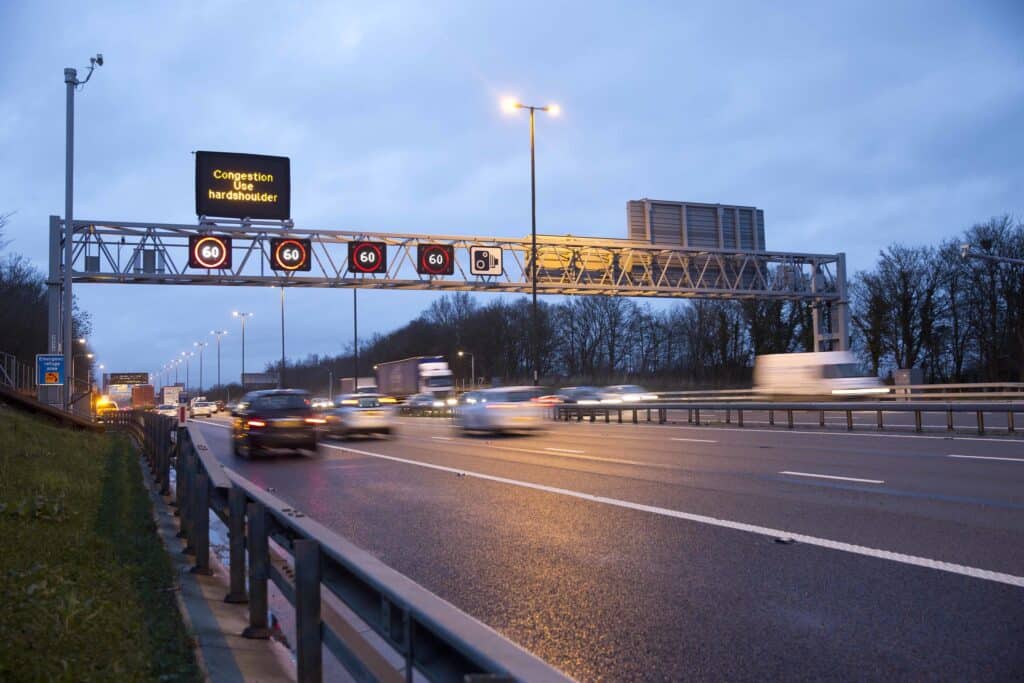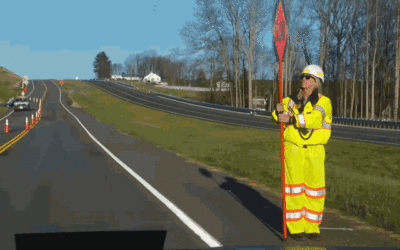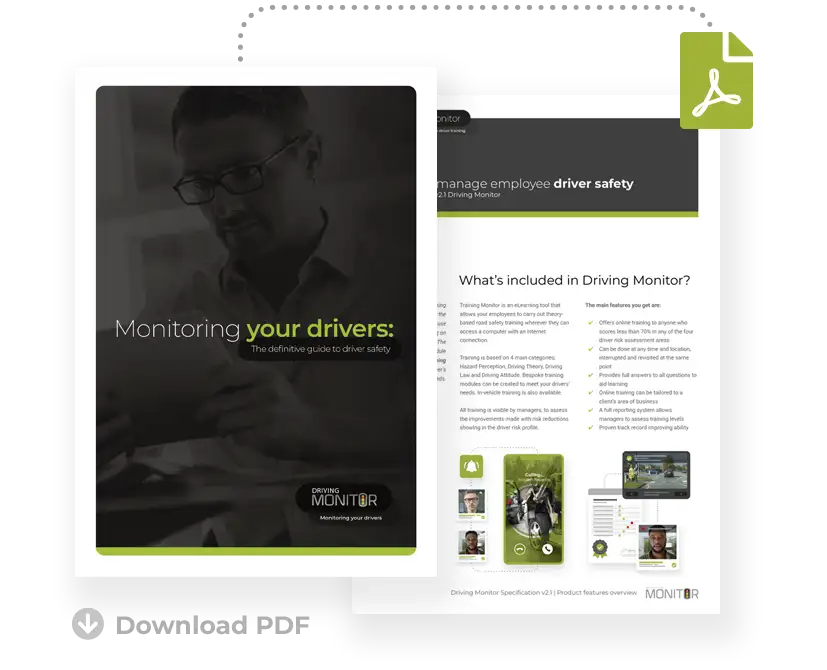‘Plan For Drivers’ Policy Paper Launched By Government

The government has set out new plans for traffic rules and regulations with drivers in mind in a new policy paper.
According to the government, it’s part of its ambitions to ‘back’ drivers and reduce the amount of traffic enforcement required.
It’s an ambitious policy paper and aims to ensure that driving is cost-effective for drivers, fleets and the motor industry whilst also allowing for more local decision making on traffic rules and enforcement.
What Does It Mean For Drivers?
Focus has been sharply on the government and specifically the Department for Transport (DfT) in recent weeks. With the Manchester leg of HS2 being scrapped and funding being diverted to road projects as well as rail, there’s been a lot to unpack.
And the new policy paper with 30 measures on reviews and changes that could be made has only brought further attention to the future of the UK’s transport infrastructure.
London’s ULEZ has been in the news a lot since its introduction and that impact has created a debate across the country.
With measures aimed at reducing emissions such as lower speed limits, clean air zones, low emission zones and measures aimed at encouraging people to use public transport, there have been questions about what it means for vehicle users.
For fleets, the questions are much simpler – for example, what impact does the pushback of the ban on new petrol, diesel and hybrid vehicles to 2035 have on them?
Is 20 The New 30?
With Wales hitting the headlines as its new 20mph residential speed limit came into force, questions have been asked about whether England, Scotland and Northern Ireland might follow.
But the DfT policy paper has asked for a review on guidance on 20mph speed limits in England with concerns being raised over the potential for blanket use.
There are, of course, roads and areas where a 20mph speed limit might not be appropriate, which is why there is the need for a review at local level. Low Traffic Neighbourhoods (LTNs) also form part of this guidance, with the government looking to amend guidance on them to highlight specific issues.
’15 minute cities’ as they’ve become known, have also been highlighted as an area for review.
The ‘plan for drivers’ specifically talks about reviewing areas where schemes can aggressively restrict where people can drive, such as pedestrianised streets and areas.
One interesting part of the paper highlights ways in which more money can be raised to cover pothole and road repairs, something which will be music to all fleet owners’ ears, I’m sure.
That comes just a few months after the government announced an additional £200 million in funding for the 2023/4 tax year to help local authorities fix potholes on UK roads.
Potholes have become a serious issue on the roads, impacting the safety of drivers and vehicles as more strain is put on the roads through increased traffic volumes.
The issue is that experts have estimated that it will take around £9 billion in investment and around 7 years at the current level of staffing and rate of repairs to clear the backlog and get our roads into shape, though.










